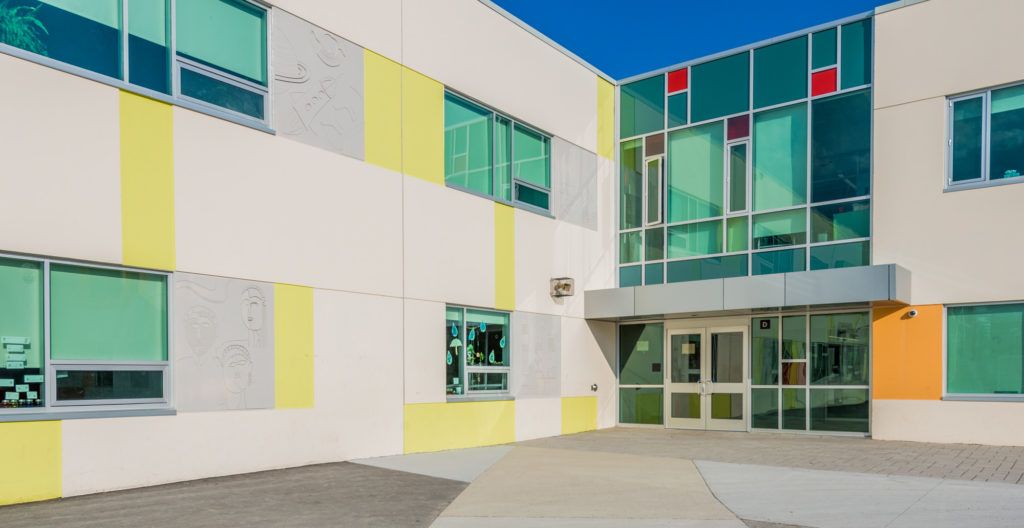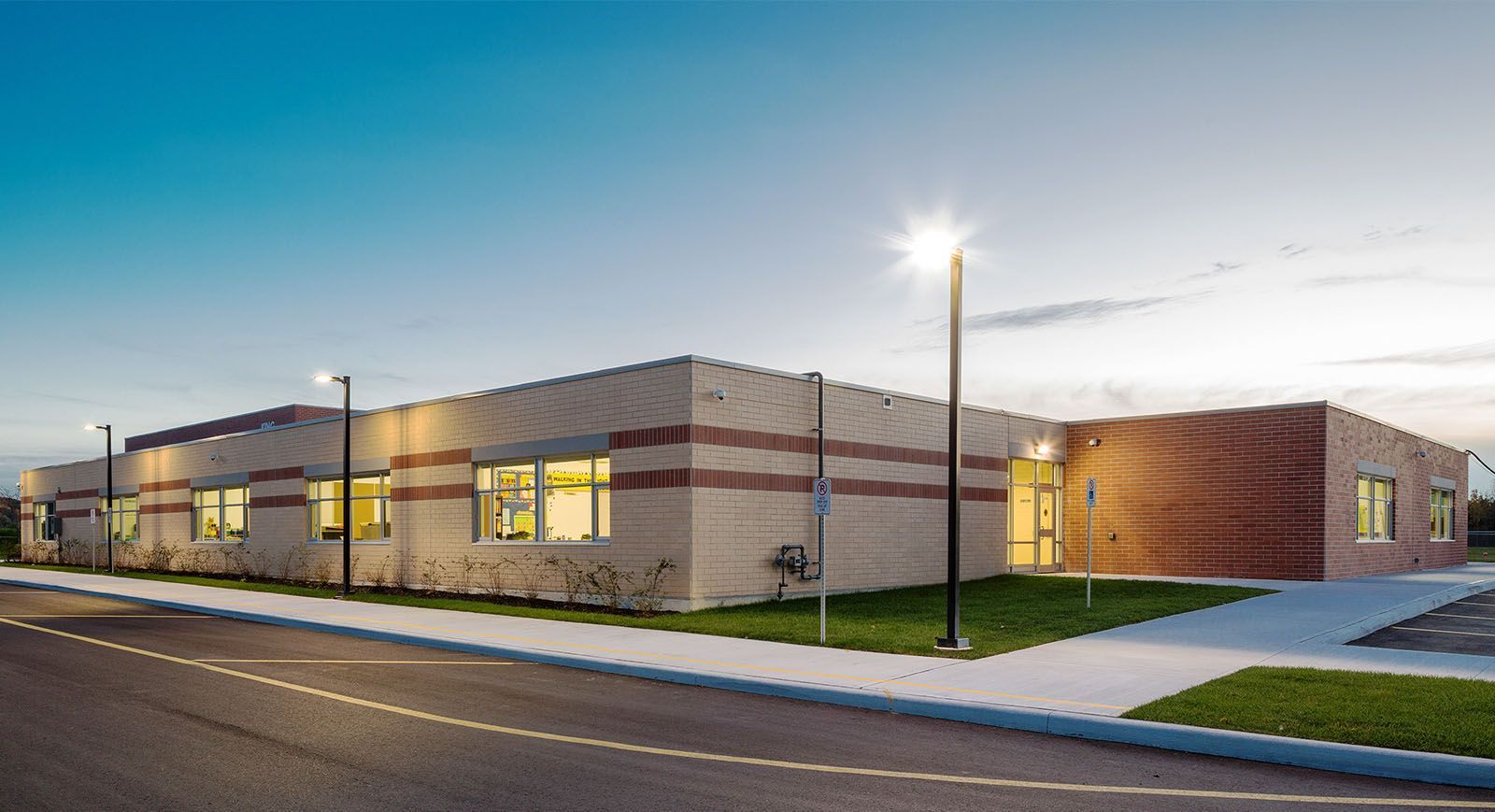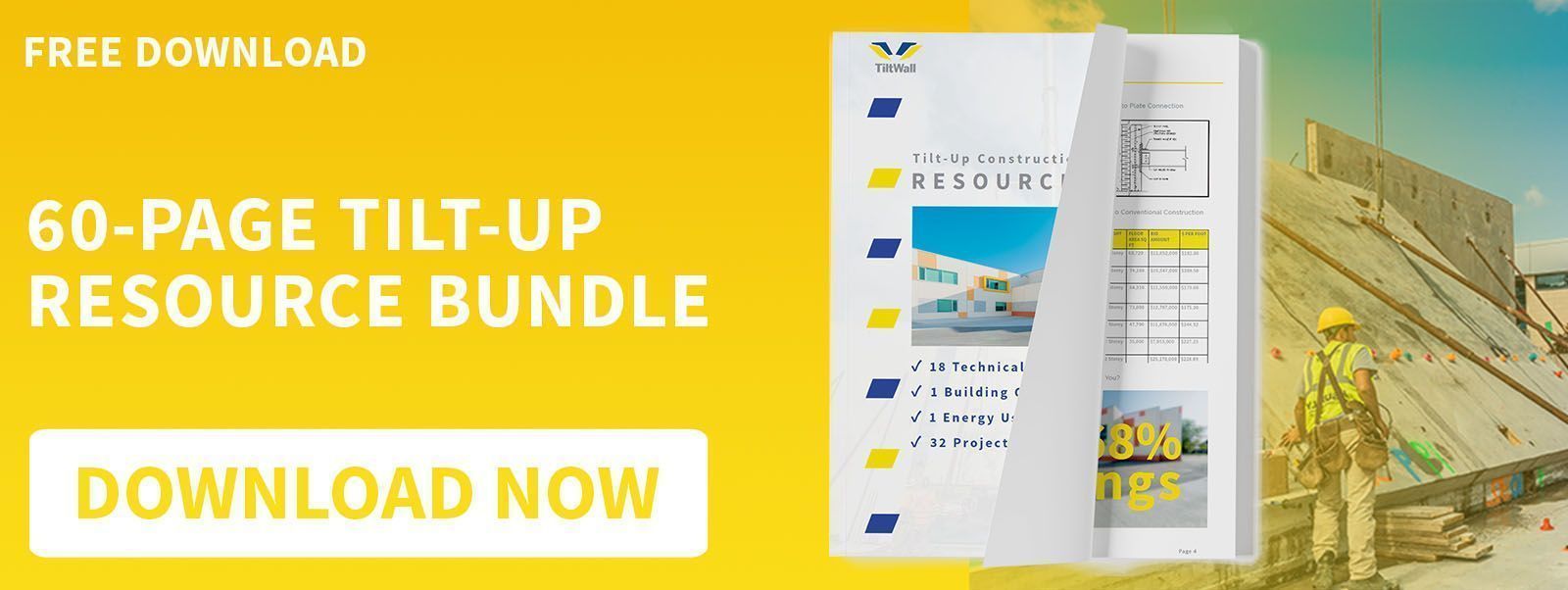Green Building: Does it Cost More?

Green buildings deliver many benefits. They address climate change, create sustainable communities, and driving economic growth. But are they more expensive to build than conventional buildings?
What is Green Building Design?
- First, some definitions. A building is “green” when its design, construction or operation either:
reduces or eliminates harm to our climate and natural environment, or. - has a positive impact on our climate and natural environment
Green building, also known as sustainable building, refers to both the structure and the application of processes that are environmentally responsible and efficient in the use of resources. Green building includes a building’s lifecycle, from planning to design, construction, operation, maintenance, renovation and demolition.
The Benefits of Building Green
Green buildings boost efficiency in the use of energy, water and other resources. They improve the quality of indoor air. They use materials in their construction that are non-toxic, ethical and sustainable. Green buildings incorporate waste-reduction measures, and promote re-use and recycling. Some green buildings generate renewable energy (through solar panels on the roof, for example).
There are a number of benefits of building green:
- Green buildings sell at a higher price. McGraw Hill calculates that the price premium for the sale of Energy Star certified buildings to be 12% higher than conventional buildings.
- Green buildings command higher rents. Researchers at Maastricht University in The Netherlands found that green buildings (those with Energy Star ratings) command 3.5% higher rents than buildings without Energy Star ratings.
- Green buildings are more attractive to tenants. A study by Maastricht University discovered that buildings that are Energy-Star-rated enjoy a 6% higher occupancy rate.
The Cost of Green & Sustainable Buildings
According to Building magazine, the cost premium for building green buildings is nominal over that of building traditional structures. It costs anywhere from nothing more to a nominal amount more to build green over the budget for a traditionally designed building, according to experts. The main reason that more buildings are not being built to incorporate green practices is a lack of widespread acceptance in the construction industry of sustainable practices, green products, and high-performance technologies in building design and construction.
Sometimes, cost savings are achieved simply by “thinking green” before shovels go into the ground. For example, thinking sustainably at the design phase can uncover techniques that deliver environmental and social benefits without increasing costs. Simply orienting a building so that its windows face the sun generates a gain in passive solar heat. This allows developers and architects to design for lower energy usage, because a building with lots of windows facing the sun is cheaper to heat and light without costing any more to build.

An Intelligent Approach to Green Building with Insulated Concrete Panels
One area of green construction that is gaining momentum is in the use of tilt-up wall construction. Tilt-up panels can be insulated using several different methods, depending on the project specifications and building energy codes.
The three most common insulation methods are applied insulation systems, integrally cast insulation systems, and concrete sandwich panels. Insulated concrete tilt-up wall panels create a tight building envelope, resulting in a highly energy-efficient building.

